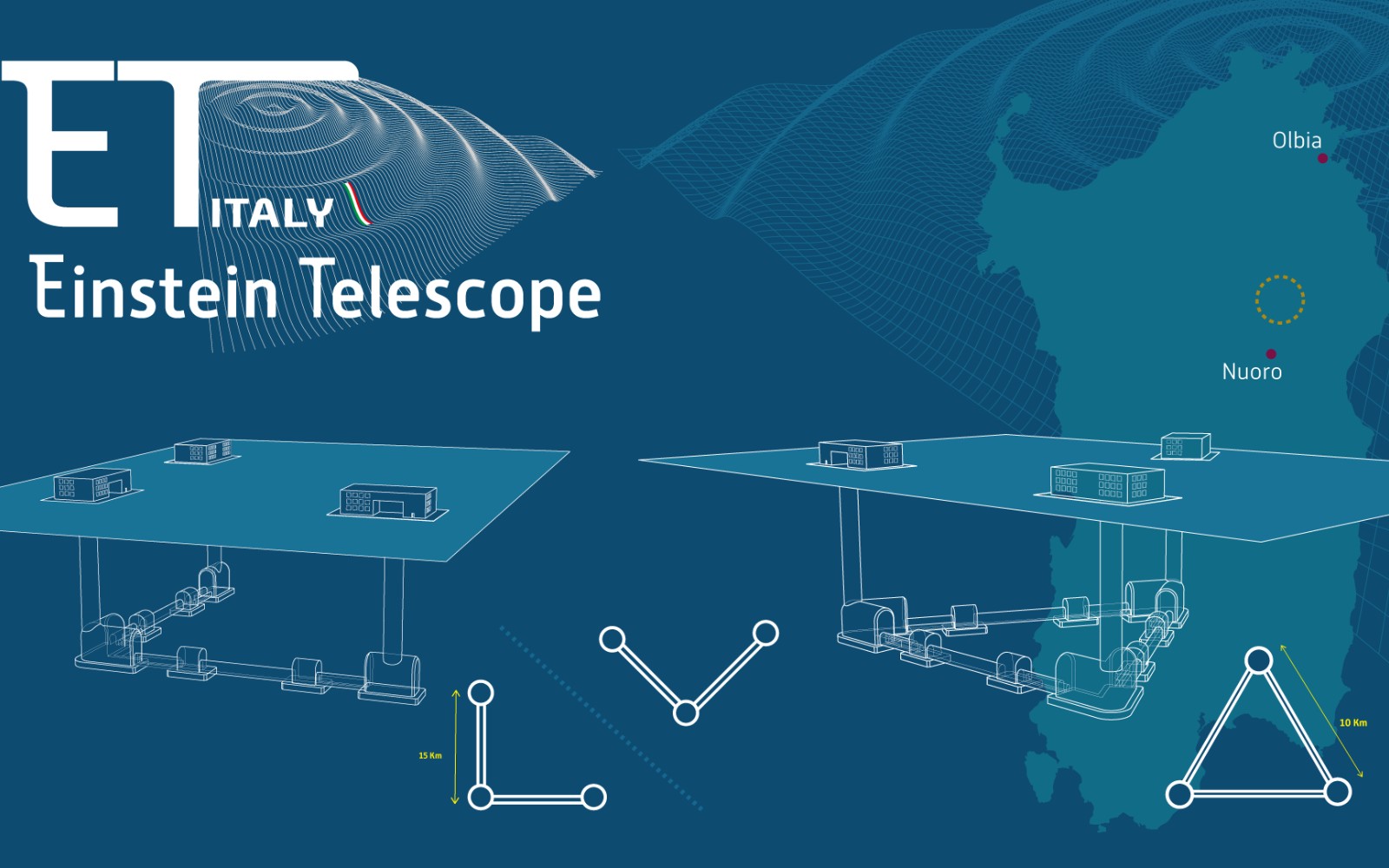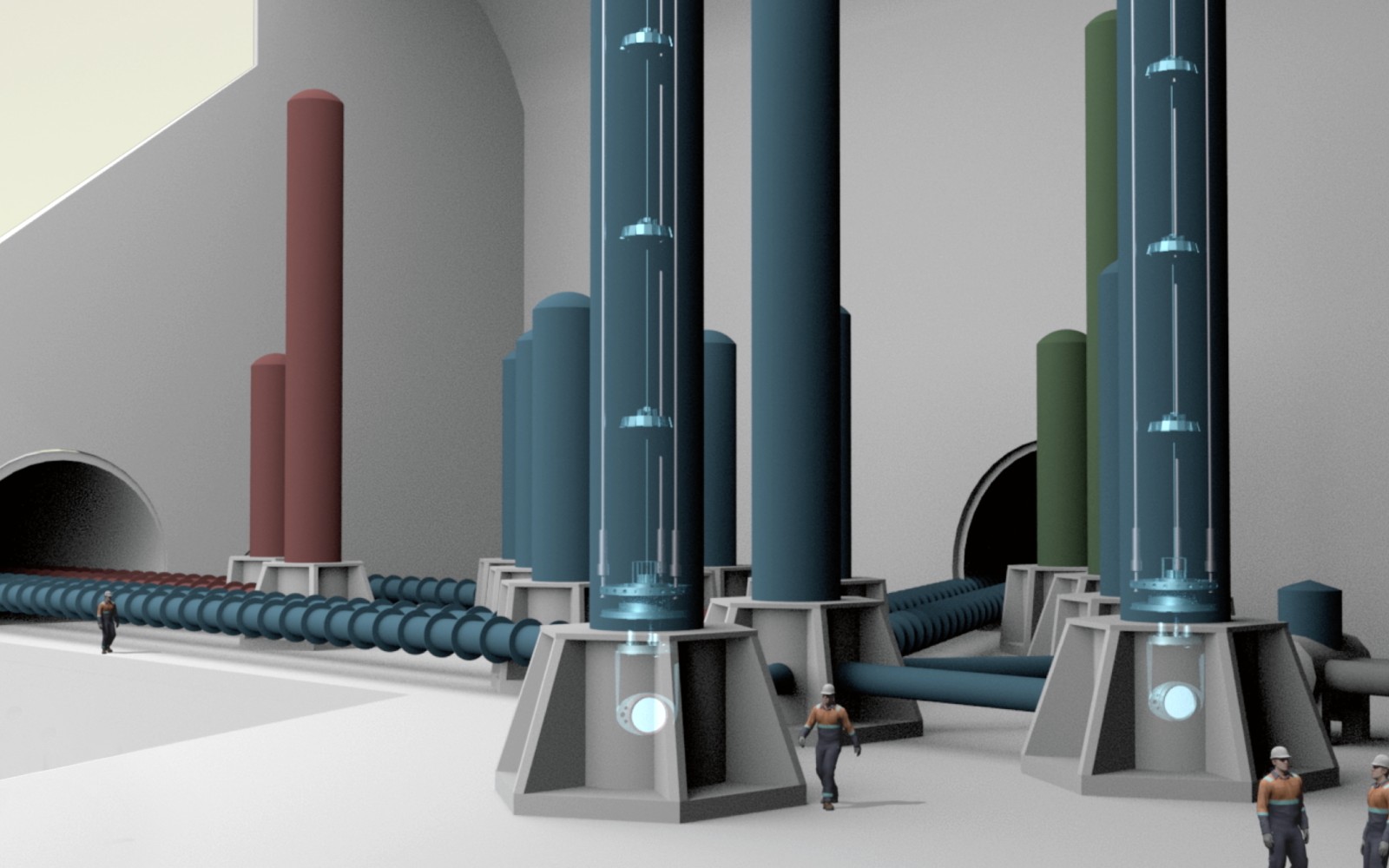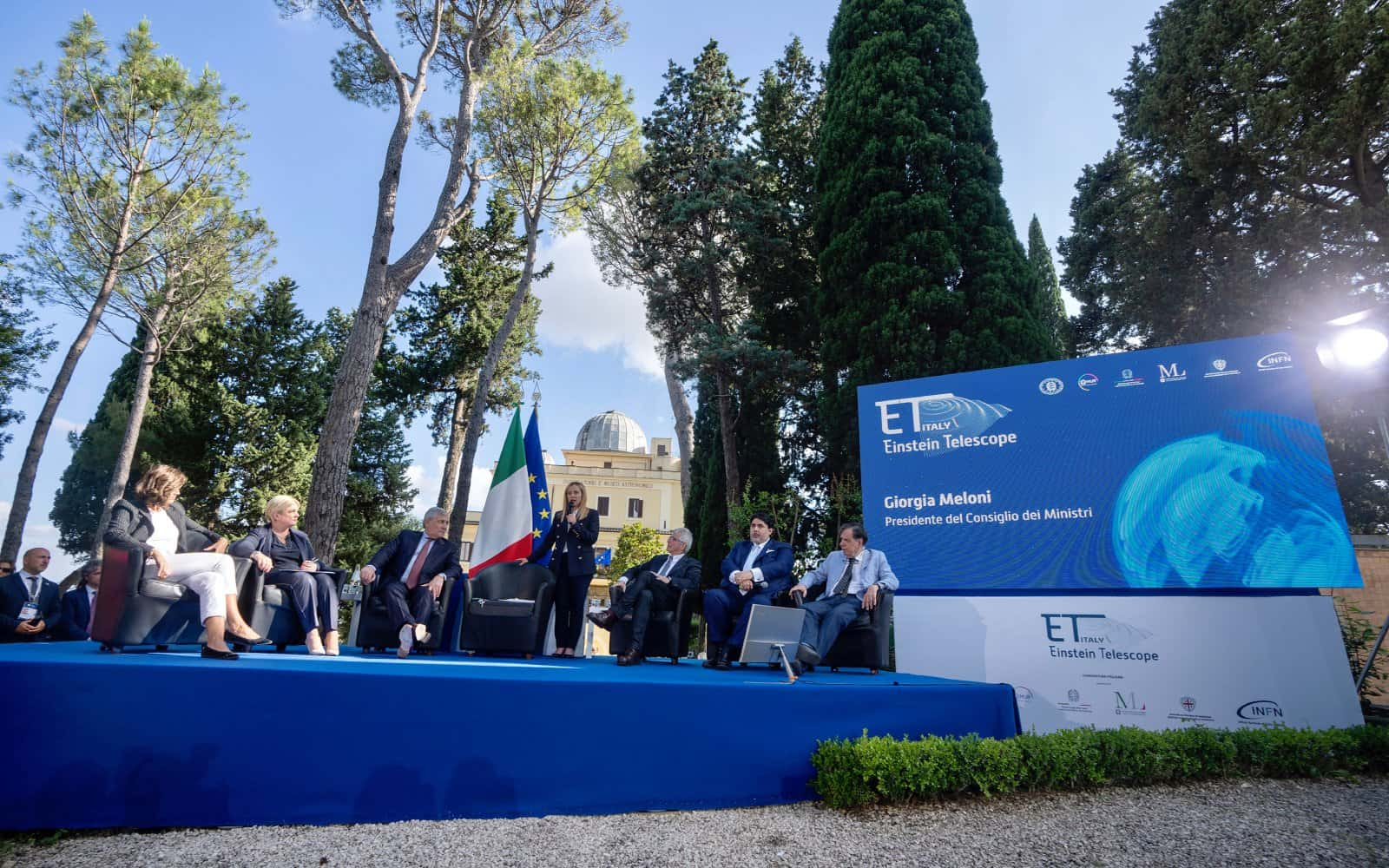The Einstein Telescope (ET) is the large research infrastructure that will host the future gravitational wave detector to be built in Europe, a project with global scientific and technological impact. Italy is a candidate to host it in Sardinia in the area of the disused Sos Enattos mine.
ET is considered a leading project at an international level, so much so that it is included in the Roadmap of ESFRI 2021 (European Strategy Forum on Research Infrastructures), the European body that indicates which scientific infrastructures are crucial to invest in in Europe, thanks to a proposal Italian guide, supported by Belgium, the Netherlands, Poland and Spain.
The Ministry of Universities and Research (MUR) established a high-profile Technical and Scientific Committee in order to support at best the Italian candidacy by decree of Minister Anna Maria Bernini. The committee is chaired by the Physics Nobel Laureate Giorgio Parisi.



